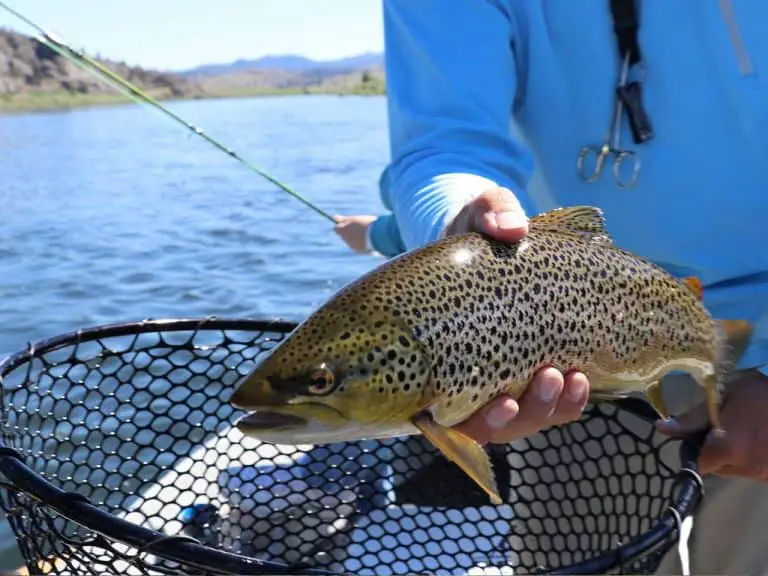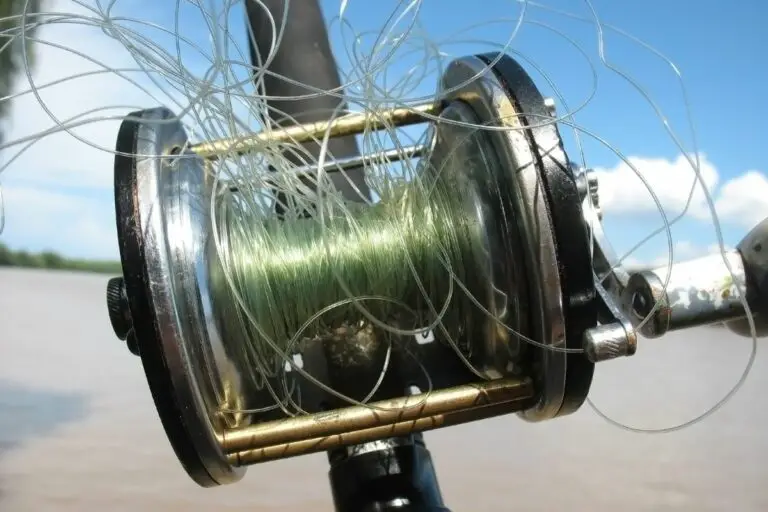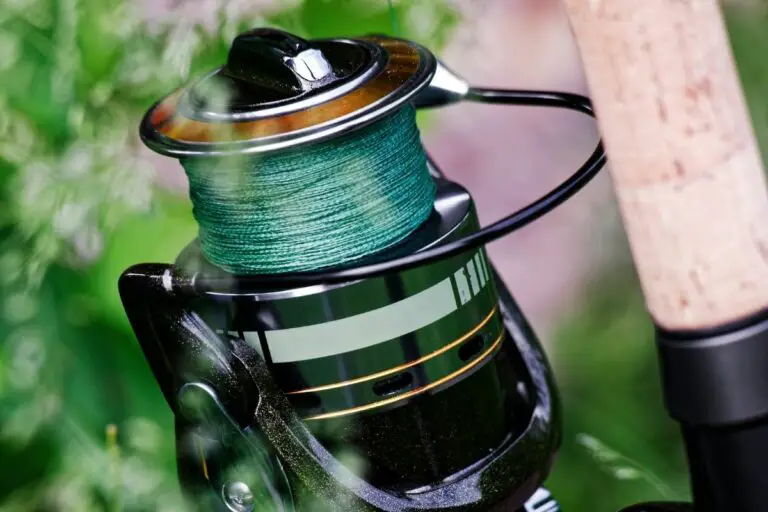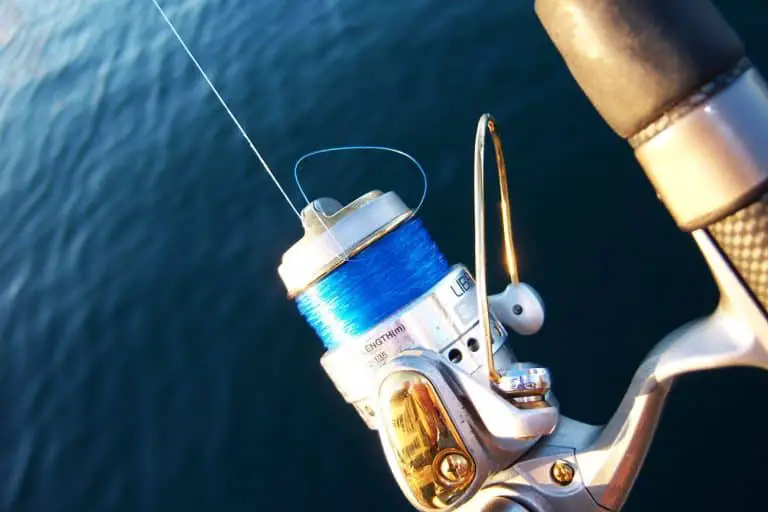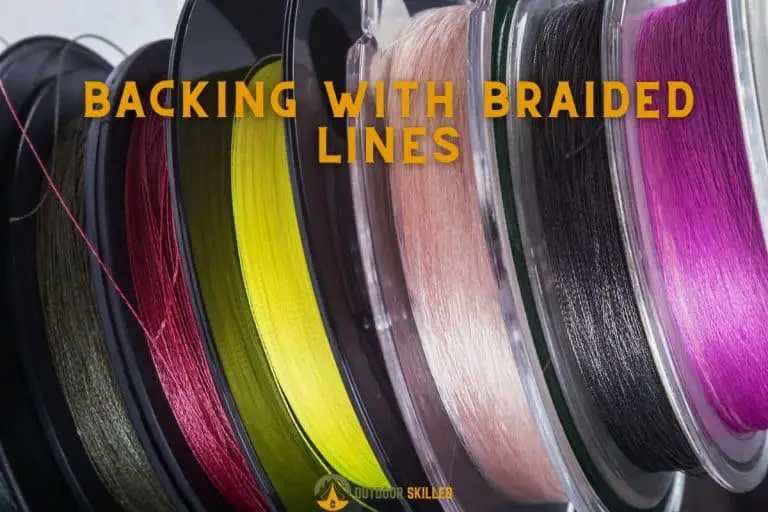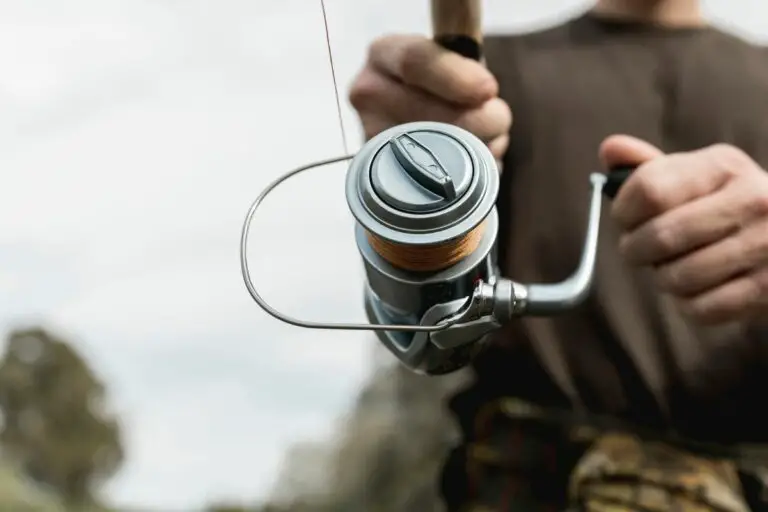Monofilament vs Braided Line
When it comes to deciding which line is better, it might be a bit difficult as both are favored by a large number of anglers and depending on who you ask, you will get a different answer.
Most of the veteran anglers prefer mono fishing lines but mainly because they have been using them since ever! While other anglers believe that braided lines offer them many more advantages which monolines don’t.
The third part of anglers does realize that both braided and monolines have different advantages which can be useful to them depending on the type of fishing they plan to do.
So, in a battle between braided and monolines, I say we learn more about the two lines and consider the pros and cons of each to our advantage.
Best Trout Fishing Lines in 2021 – Buyer’s Guide
Table of Contents
Between Mono and Braided Lines, Which is Better
It depends on the type of fishing you’ll be doing, but if you’re going to be trolling, live-bait fishing, or kite-fishing, you should opt for the mono as it’s more abrasion-resistant. On the other hand, if you’re going to do jigging/bottom-fishing, fishing structure, cast plugs or lures, or kelp-fishing, you should opt for the stronger braided line.
1. Strength
If you go kayak fishing, you will probably come across a lot of obstacles, structures, and even docs. In that case, if you choose to use a monoline, you might face the disadvantage of abrasions which will form and damage the line. Consequently, this could result in losing your catch.
On the other hand, if you choose to use braided lines, you will enjoy the advantage of their great abrasion resistance which will allow you to go fishing peacefully regardless of the fishing spot in which you plan to fish.
2. Durability
The durability of your chosen line depends on the frequency of you using the line, in other words, for professional anglers, a braided line is definitely a better choice as it is secure to be used for a long time without any need of change or replacing, which is the main reason why braided lines are more expensive than the monolines.
If you are an occasional angler who goes fishing around once or twice a month, then a monoline is a perfect investment for you. This is because monolines can be durable for a long time and they are less expensive as well.
Read more about: Best Bass Fishing Lines
3. Ease of Use
Monolines are definitely a lot easier to use as well as deal with. If you are a beginner and looking for an easier option to cut and tie your line then a monoline is your best choice.
A braided line in this case, is best to be used by professionals as it needs a bit of skill to deal with the knots and could be a bit of a challenge to newbies.
4. Casting Distance
Braided lines are very thin which makes it much easier for you to cast your line further to make sure you don’t scare off the fish in your area. Braided lines have smaller diameters than the monolines which helps the braided line to penetrate deeper in the water to get you a chance to catch bigger fish!
Best Monofilament Lines in 2021 – Buyer’s Guide
5. Line Stretch
You should always aim to find the ideal balance between how much a line stretches and how flexible it is without breaking or affecting hook-sets, as this aspect is very critical.
If you’re going to target fish that are right under your boat, a line with low stretch and high sensitivity (braided line) would be the better and more convenient choice.
Conversely, if you’re going to use top-water baits, you should opt for something that counters the strike’s shock factor. In this case, you’re looking for a less sensitive line with more stretch. In other words, you’re looking for a best monofilament line.
Braid Fishing Line vs Monofilament: Pros and Cons:
1. Monofilament Line
One of the main reasons you should go for monolines is how easy they are to cut, tie, and knot. As a beginner, you will notice how monoline knots do not break when they’re stretched which allows you many techniques to tie a knot.
Read more about: Best Fly Fishing Lines
https://outdoorskilled.com/best-fly-fishing-line
One great advantage of a monoline as well is their invisibility in the water which means that the lines are hidden from fish that could possibly attack line bonefish. monolines are also a perfect choice for troll-fishing and live-bait.
Pros:
- A great beginners choice
- Cost-efficient option
- Easily cut and tied
- A strong knot that does not break
- Invisible in the water
- The most popular type of line worldwide
Cons:
- A limited number of spool turns due to the thick diameter
- Not good for deep casts
- Does not last long
Best Ice Fishing Lines in 2021 – Buyer’s Guide
2. Braided Line
A braided fishing line offers you a thinner diameter with high sensitivity. It is also an all-round line, so you won’t be compromising casting distance. Braided lines are also very durable, which means that they’ll last for a pretty long time.
Even though braided lines sound like a great option, however, they are twice as expensive as the monolines which is why they are mostly used by professional anglers.
Pros:
- Stronger and more durable
- Very sensitive to fish bites
- Allows you to pull up a fish from structures easily
- Stronger hook sets
- Does not stretch
- Thin diameter
Cons:
- Much more expensive than monolines
- Weak knots
- Visible in the water
Read more about: Best Fluorocarbon Lines
Final Thoughts
When all is said and done, each type of line would be beneficial in a certain aspect. The main idea is to match the line’s test with the average weight of the species you’re targeting, make sure it can absorb shocks, and has enough knot strength.
Best Braided Fishing Lines in 2021 – Buyer’s Guide
Monofilament line is more affordable, and that’s why it’s more commonly used. However, the fact that it has a lot of stretch and is less sensitive could deter pro anglers.
On the other hand, braided line is a lot stronger and has little to no stretch. However, it’s prone to break or fray in a shorter amount of time as it can’t fight the effects of UV and water.


